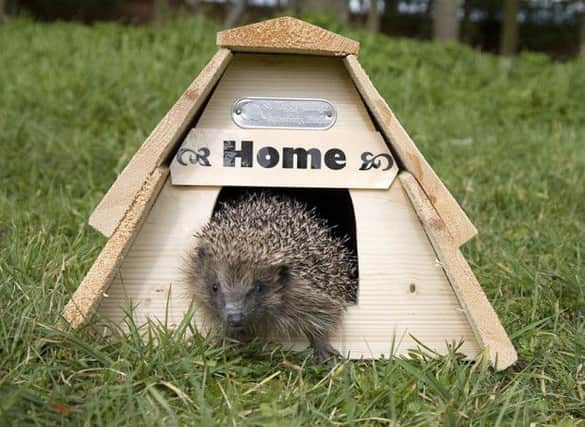How to keep wildlife safe in your garden


Quick checks for wild animals and their nests in the long grass or foliage could be all that’s needed to prevent young animals from being abandoned, severely injured or killed.
One incident involved an adult hedgehog who was injured by a strimmer and other cases involved a toad with its hind legs chopped off by a strimmer, a hedgehog burnt in a pampas grass clearance, a blackbird speared by a garden fork and a toad stuck in a watering can.
Advertisement
Hide AdAdvertisement
Hide AdHedgehogs are one of the most affected as they curl up into a ball when they sense danger and can be hard to spot in the grass.


Overgrown hedges are often nesting sites for birds so it is worth checking to see if there are any nests before cutting them back.
There are several ways to avoid such injuries:
• Check areas you are about to strip before doing so.
• Avoid cutting hedges when birds are nesting.
• Checking for birds or their nests before clearing scrub.
• Thinking about if you need to cut brambles or trees, or if it can wait to a safer time.
• Keeping drains or swimming pools covered.
• Removing sports and garden netting and storing it in a safe place when not in use.
Advertisement
Hide AdAdvertisement
Hide Ad• Carefully check compost, leaf and log piles before moving or dismantling them.
• It is also worth keeping some areas of the garden wild and untidy as many animals rely on leaf or log piles, compost heaps and even weeds for nesting and food.
Frogs, toads and newts like overgrown ponds and tidying them now could disturb their eggs or newly hatched tadpoles.